NASA has discovered an underground military base in Greenland, buried 100 feet beneath ice, revealing Cold War secrets from 1959.
NASA has made an astonishing discovery beneath the icy surface of Greenland.
Researchers have found a hidden underground site that resembles a city, located about 100 feet below the ice.
This surprising find has drawn attention and curiosity, as it suggests signs of advanced construction and planning.
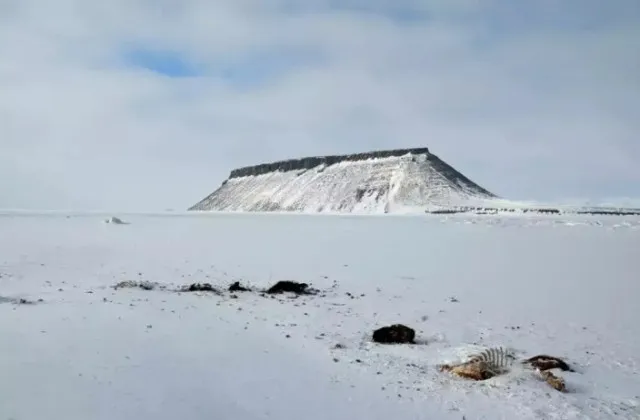
NASA discovers 100-foot-deep underground city beneath icy surface
The underground site was detected by a team of scientists using a NASA research jet.
While flying over Greenland to study its ice sheets, the radar equipment picked up unusual structures buried deep in the ice.
Initially, the researchers were puzzled by what they had found.
However, they soon discovered that Camp Century was an abandoned military base.

“We were looking for the bed of the ice and out pops Camp Century,” said Alex Gardner, a cryospheric scientist at NASA’s Jet Propulsion Laboratory (JPL), who helped lead the project.
“We didn’t know what it was at first.”
The history of Camp Century
Camp Century was built during the Cold War era, starting in 1959.
The base was part of a secret project by the U.S. Army, aimed at creating a network of nuclear missile launch sites hidden beneath the Greenland ice sheet.
The goal was to prepare for a potential nuclear conflict with the Soviet Union.
The project was known as Project Iceworm. It involved constructing a base that would house up to 600 nuclear missiles.
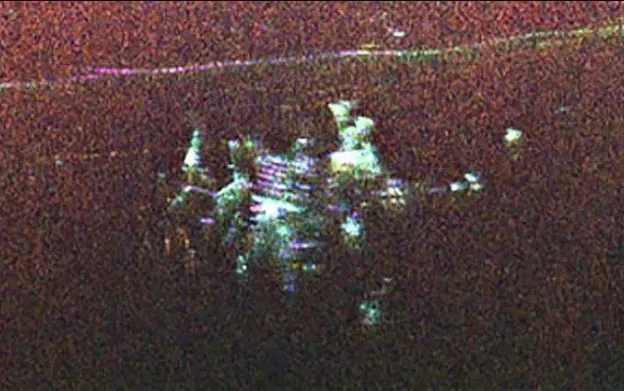
The military kept the entire operation secret from the public, using Camp Century as a cover.
The site included 21 tunnels, totaling nearly 10,000 feet in length, all powered by a nuclear reactor.
The military believed this hidden base could survive a first strike in a nuclear war.
Unfortunately, the project was abandoned in 1967 after scientists discovered that the ice was not as stable as previously thought.
This instability made it impossible to maintain the missile sites under the ice.
The abandonment of the base left behind various structures and hazardous nuclear waste.
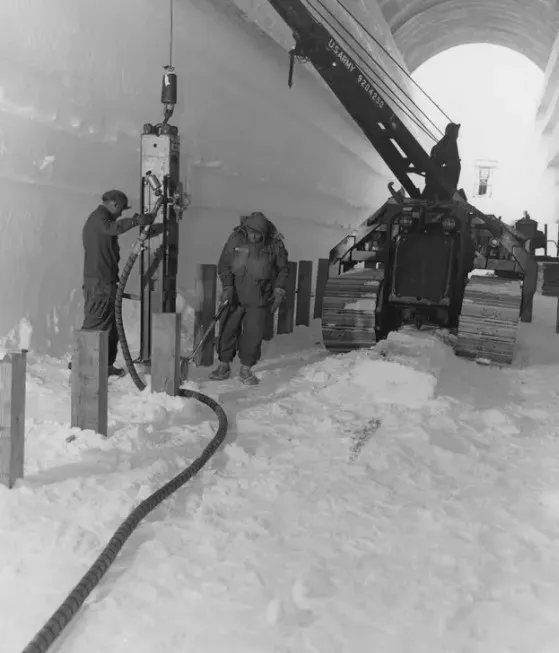
Modern findings reveal groundbreaking discoveries beneath the surface.
Nearly 60 years later, NASA’s new radar data has provided a clearer picture of Camp Century than ever before.
The advanced imaging techniques allow scientists to see the layout and individual buildings that make up this underground “city.”
The structures align with the original designs from the 1960s, showing how extensive the base was.
Chad Greene, a cryospheric scientist involved in the project, noted that this new information is significant.
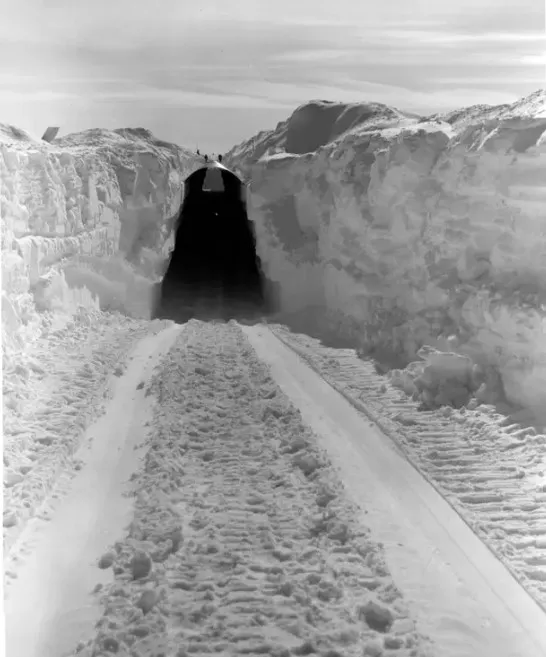
It reveals details about the hidden city that were previously unknown.
The discovery raises concerns about the future of Camp Century, especially as climate change continues to affect the Greenland ice sheets.
“In the new data, individual structures in the secret city are visible in a way that they’ve never been seen before,” said Chad Greene, also a cryospheric scientist at JPL.
Environmental concerns continue to grow amid rising global challenges.
As the ice melts due to rising temperatures, there is a risk that the nuclear waste left behind at Camp Century could leak into the environment.
This could result in serious ecological and health hazards.
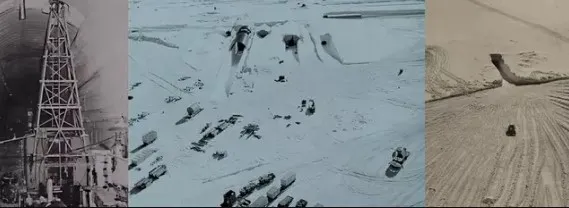
Scientists are studying how climate change will impact Camp Century’s ice cover and exposure.
Alex Gardner, another scientist involved in the study, emphasized the importance of knowing how thick the ice is above the site.
This information is critical for predicting how the ice sheets will respond to warming temperatures and how quickly they might melt.